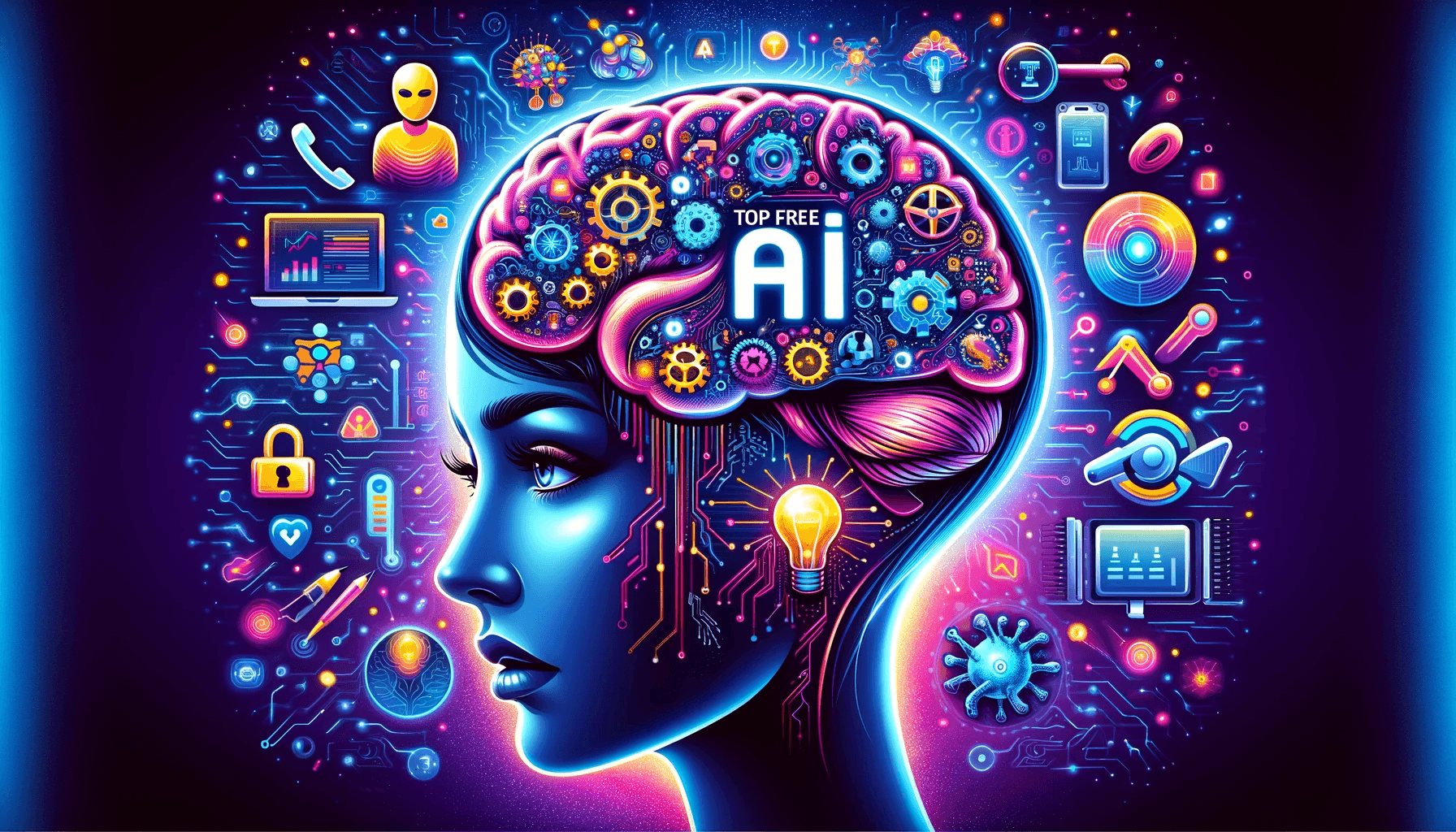Artificial Intelligence (AI) is playing a critical role in addressing some of the world’s most pressing environmental challenges. From climate change to resource management, AI is driving innovative solutions that help protect the planet and promote sustainability.
How is AI Contributing to Environmental Solutions?
AI leverages vast amounts of data to make faster, smarter decisions that support environmental monitoring, conservation, and sustainability efforts. Its ability to process complex information enables researchers, governments, and organizations to develop targeted, data-driven strategies for environmental protection.
Key Innovations in AI and the Environment
Climate Change Prediction
AI is used to model and predict climate patterns with greater accuracy. By analyzing large datasets from satellites, weather stations, and ocean sensors, AI helps scientists understand potential climate scenarios and forecast extreme weather events, enabling better disaster preparedness and response.
Smart Agriculture
AI-powered systems support precision farming by monitoring soil conditions, predicting crop yields, and optimizing irrigation. This helps reduce water consumption, minimize pesticide use, and increase food production while lowering the environmental footprint of agriculture.
Wildlife Protection
AI-driven image recognition and tracking technologies are helping conservationists monitor endangered species and detect poaching activities. Automated drones and camera traps powered by AI can identify animal movements and threats in real-time, improving wildlife protection efforts.
Pollution Detection
AI algorithms analyze air and water quality data to detect pollution sources and predict contamination levels. This enables quicker responses to environmental hazards and helps enforce stricter pollution control measures.
Renewable Energy Optimization
AI is enhancing the efficiency of renewable energy sources like wind and solar. Smart grids use AI to balance energy supply and demand, forecast power generation, and optimize storage, leading to more reliable and sustainable energy systems.
Sustainable Urban Planning
AI assists in designing eco-friendly cities by simulating traffic patterns, optimizing waste management, and improving energy efficiency in buildings. These insights help create smarter, greener urban spaces that reduce carbon emissions and enhance quality of life.
Considerations for AI and Environmental Innovation
While AI is a powerful tool for environmental progress, certain considerations must be addressed:
- Data Privacy: Environmental monitoring often involves extensive data collection, which must be handled responsibly.
- Energy Consumption: The computational power required for AI can be energy-intensive, so sustainable AI development is essential.
- Equity and Access: Ensuring that AI-driven environmental solutions are accessible to all communities, including those in developing regions, is key to global impact.
Conclusion
AI is revolutionizing the fight for a healthier planet by offering innovative, data-driven solutions to complex environmental problems. From protecting wildlife to optimizing renewable energy, AI’s potential to support sustainability is vast. However, its deployment must be balanced with responsible energy use, ethical considerations, and global accessibility to truly make a positive, lasting impact on the environment.







Leave feedback about this